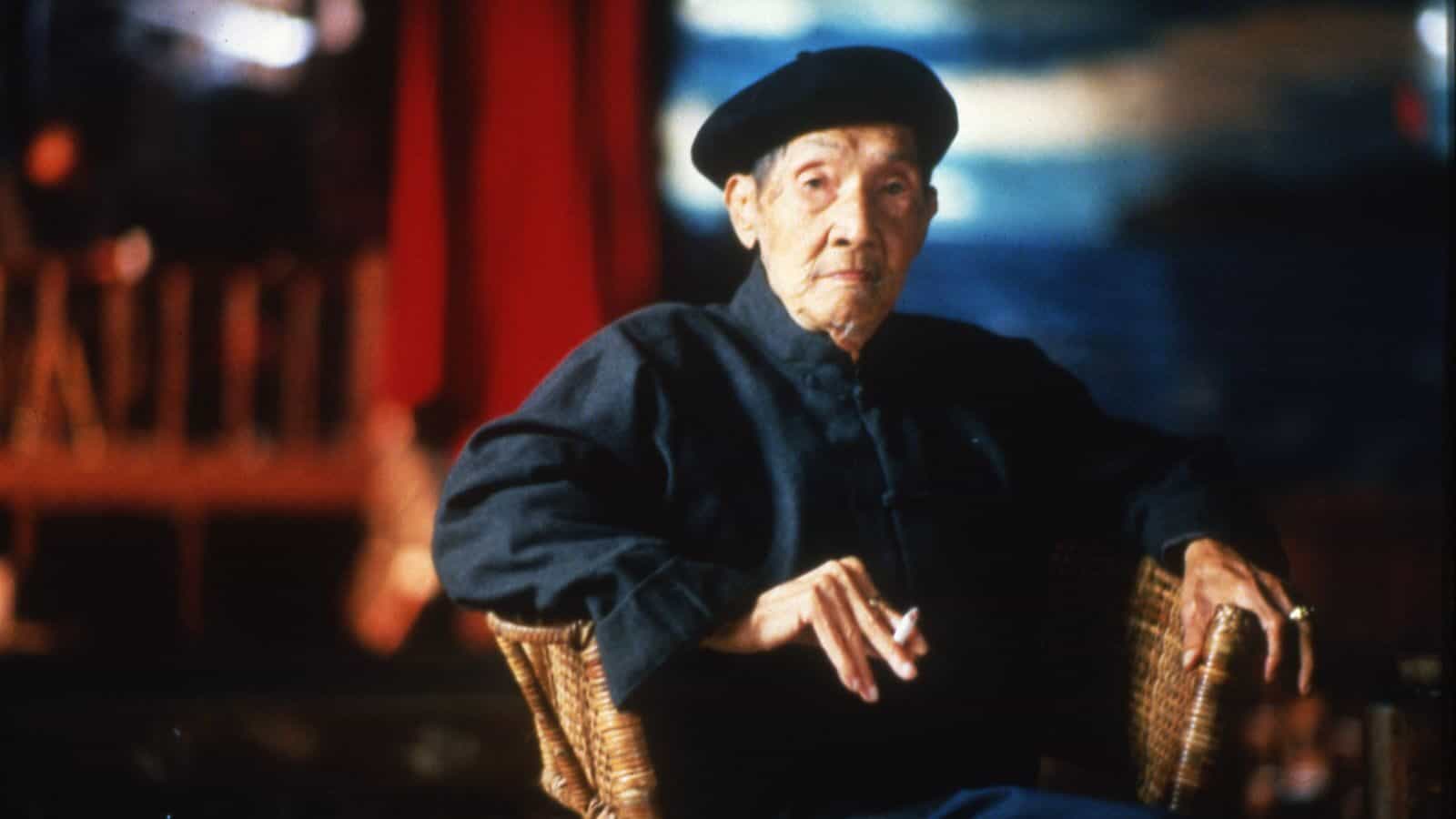Jidaigeki (period dramas) films that focus on the lives of women during the Edo period are definitely an exception among the vast number of entries in the field. Masato Harada's movie is one of these exceptions, in a wonderful production based on the novel “Tokeiji Hanadayori” by Hisashi Inoue.
Kakekomi is screening at the 17th New York Asian Film Festival

The story takes place near the ending of the Edo period (1841), during a time when the divorce rate was two times higher than the current one. The local government, in an explosion of conservatism, has issued an austerity law, actually criminalizing a number of forms of arts and entertainment, making the lives of common people even worse. At the same time, since divorce is a concept forbidden, a number of women find solace at a women's Buddhist temple in Kamakura named Tokei-ji, where, after two years of servitude, their husbands are forced to sign divorce papers. Three inns that lay in the area beneath the monastery function as “bastions” and primary institutions for the temple, with Tokei-ji accepting only women that have been approved by them first.
The focus of the film is on one of these inns, run by Genbee Kashiwaya, where three women find solace from their husbands. Jogo, an extremely strong woman whose husband has been exploiting for years, making her run his company that produces iron while he spends his time with his mistress. Jogo has been spending so much time near the iron furnace that her face is filled with scars from the constant burning. Ogin is a former courtesan, who, for reasons initially unknown, has abandoned the love of her life, Saburoemon, a merchant who deals in Dutch sugar, at least on the surface. The two women help each other in order to reach the inn and a friendship between them ensues. The third one is Yuu Togasaki, a woman whose brutal samurai husband has actually forced her into marriage. Nobujiro Nakamura, an aspiring writer and doctor in training, also resides in the inn after running away from the authorities in Edo.

In the beginning of the film, it is stated that the story is based on the works of Hisashi Inoue and not just “Tokeiji Hanadayori” (despite all information I found on the Internet mention the latter fact) and I think that this is more accurate, unless the novel is actually a collection of short stories. In this fashion, Masato Harada directs a film of episodic nature, with the majority of the main characters and their life stories being quite thoroughly analyzed. This concept can be a bit confusing at times, since the film seems to demand some historical knowledge (and occasionally seems to be addressed to ones who have previously read the book), with the extremely fast pace implemented by Yujin Harada's editing with the almost constant change of scenes heightening this sense even more. As time passes though, this tactic becomes beneficial, particularly because at 143 minutes, Harada had the time to introduce and analyze a number of very interesting and multilayered characters, in one of the better aspects of the film.
The prowess in character creation is benefited the most by the acting (and the casting) of the movie. Yo Oizumi as Nobujiro is great as the extremely likeable “clown” who struggles to help “his” women any way he can, occasionally against all odds. Erika Todo is equally good as a hard working, extremely capable but also easily to be exploited Jogo, while the slow-burning relationship of the two is one of the highlights of the film. Hikari Mitsushima as Ogin gives an eerie and mysterious performance characterized by distinct theatricality, as she speaks and moves in the way courtesans used to during the era. Kirin Kiki is outstanding as always as the owner of the inn, in a performance that combines dignity with feistiness.

Most of the male characters in the film have the role of villains, although as time passes, the story vindicates some of them to a point. This aspect serves the purpose of highlighting the extremely difficult situations women had to face in an era that was completely male-dominated, with the script highlighting the fact through a number of different circumstances. Despite this dramatic, basic premise, Harada has managed to include a number of hilarious moments, deriving from the majority of characters in a number of episodes, occasionally involving word play, which lighten the mood and add to the entertainment aspect of the movie.
Takahide Shibanushi's cinematography is another great aspect of the film, with him highlighting the bucolic setting around the inn and the temple in impressive fashion, with the same prowess extending to the indoor scenes. The depiction of the era features utmost detail, with Tetsuo Harada and Masae Miyamato's work on the production design and costumes respectively, being of the highest quality.
“Kakekomi” is a great movie, particularly when one gets used to its rhythm, as it combines technical prowess, meaningfulness and entertainment, in a more than impressive package.















